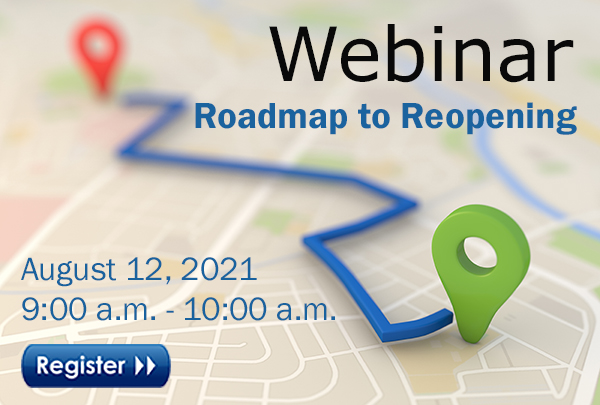 As employees transition back to the office, they will experience a “re-entry” phase, during which both employees and employers will need to adjust and adapt. This “re-entry” phase is also known as reverse culture shock, a term originally used to describe the impact of returning home from a long period abroad.
As employees transition back to the office, they will experience a “re-entry” phase, during which both employees and employers will need to adjust and adapt. This “re-entry” phase is also known as reverse culture shock, a term originally used to describe the impact of returning home from a long period abroad.
This phase can be a shock to our system with changes happening at home and at work. In a recent eBook for employees created by Ulliance, they site examples of workplace changes may include:
- Working together with individuals you’ve only met virtually
- New policies and procedures, along with the unplanned and unexpected impacts of these changes
- Working in a hybrid environment (combination of in-office and remote work)
- Changes to longstanding practices or workplace culture
- Coworkers leaving your workplace
It takes time to sort through these changes and adapt. Uncertainty and frustration (stress!) can accompany these changes. Remember your employees had 100% ownership of their day including the way they dressed, when they ate, how they sat, if they wore shoes…everything is about to change. For some it will be a welcomed relief to be back at the office, but for others it will be stressful. Keep your approach focused for a successful reopening:
- Determine your plan - remote, office, or hybrid?
- Set your timeline.
- Communicate with you workforce.
- Determine health and safety guidelines.
- Establish policies and procedures that support your reopening.
- Manage employee expectations through the transition.
- Establish an approach for monitoring the success of your plan.
That first communication will be critical for ensuring that your team feels safe. Add some or all of these talking points:
- Thank them for their patience and understanding during the process
- Planned return date, including phases if relevant
- A reminder that at-risk employees can work with HR to identify a plan to address their safety concerns.
- Key processes that have been implemented to keep employees safe
- What’s expected of employees – don’t assume they know
- Available resources to help with stressors, including employee assistance programs (EAPs)
Don’t forget the details: Did you add new employees or change office buildings? Create a FAQ on where to park, how to enter the building etc. Does your staff even know where their badge or key fab is? Make sure you ask.
Additional ASE Resources
